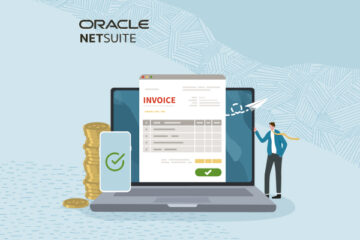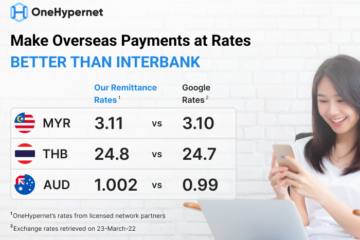
Types of Flexible Work Arrangements Employers Can Implement to Sustain Their Business
The Covid-19 pandemic set off the largest telecommuting practice across the nation and began a new working norm that has impacted many businesses.
While restrictions on returning to the office gradually eases, most employers are planning to continue with Flexible Work Arrangements (FWAs) either partially or fully on a long-term basis to future-proof their businesses and workforce.
So, if you’re an employer seeking to implement FWAs for business sustainability, it is important to remember that there are many types of flexible work arrangements, and having a good understanding of them can help you choose the right ones that best meet your business’ and employees’ needs.
Here are a few of the more commonly used FWAs for your consideration:

What is it?
A flexi-place arrangement where employees can perform their jobs at locations other than the office. This means utilising information and communication technologies to connect teams virtually and to enable employees to respond to clients remotely.
Benefits
The benefits of Telecommuting include: reduced commuting time which can be spent more effectively at work, greater flexibility for employees who require frequent off-site meetings with clients and other stakeholders, and reduced business overheads by minimising rental, space and furniture requirements.

What is it?
This is a time-based arrangement that allows employees to vary their daily start and end times to meet their work and personal commitments. Flexible time bands are created to let employees choose their preferred start and end times. These time bands should minimally contain a 2-hour window, e.g., 7am to 9am start time, and 4pm to 6pm end time. Employers would also establish core working hours when all employees are expected to be available for meetings and other collaborative work, e.g. 9am to 4pm.
Benefits
Staggered time helps employees reduce commuting during peak-hours and enables businesses to extend their operating hours. In situations such as the current COVID-19 pandemic, this also serves to ensure safe-distancing for employees returning to the workplace.

What is it?
This FWA allows two or more part-time employees to share the responsibilities of one full-time job role. The responsibilities may be divided by function, geography, time, or workload. Employees on this arrangement may work at different times during the day, or different days each week, and even on alternate weeks. There may also be a time overlap in the working hours of the two employees to maintain operational continuity.
The employee’s compensation and benefits will be commensurate with the number of hours worked, and employers will need to be aware of the legal requirements and regulations for part-time employment.
Benefits
Job sharing can help attract and retain employees who can contribute to the workforce but require reduced work hours for various reasons – these could be individuals returning to the workforce, employees with caregiving responsibilities, or those planning to retire. This helps bridge the gap between their full-time job and retirement.
This arrangement also enable an organisation’s succession planning efforts. If a job role is paired between a senior and junior employee, this offers an effective platform for knowledge transfer and the development of skills for the newer staff member.

What is it?
Part-time work allows employees to work reduced hours on a regular basis. Part-time employees usually work less than 35 hours in a week. This includes employees who work less than 8 hours a day, or those who work on selected days each week. Employers will need to comply with legal requirements and regulations for employees on part-time work arrangements.
Benefits
This arrangement allows employers to stay agile and manage manpower efficiently, e.g., ensuring coverage of duties during peak periods or when work needs to be done only at certain times. This also serves as an effective recruitment and retention tool as it attracts a wider talent pool of back-to-work individuals, retirees, and also helps to support existing employees who need to manage personal responsibilities on top of work.


















